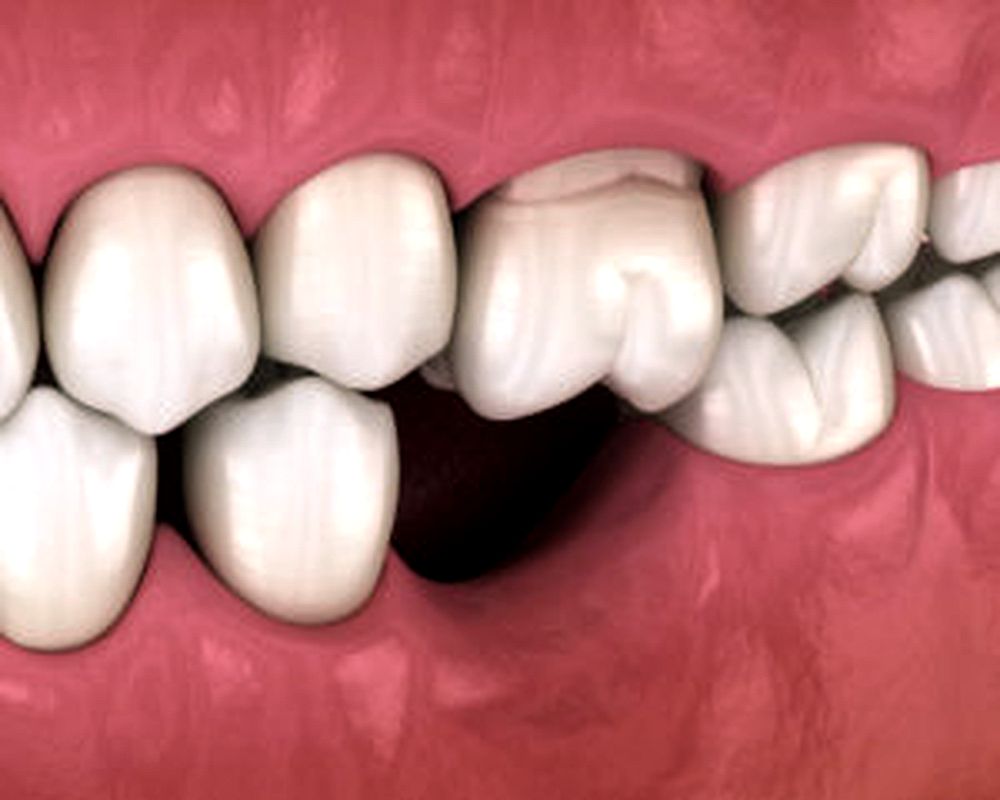Wisdom teeth, or third molars, are the last set of molars to develop in the human mouth.
📌 Recommended Article :
Video 🔽 How to prevent infections after third molar extraction? ... We share a video that recommends us what we should do after tooth extraction to avoid infectious processes
While they often emerge in late adolescence or early adulthood, their presence and impact on oral health have been subjects of extensive study. Here are eight intriguing facts about wisdom teeth, supported by reputable sources and studies.
Advertisement
✅
1. Evolutionary Purpose
Wisdom teeth were essential for our ancestors, who consumed a diet of raw plants and uncooked meats. These third molars provided additional grinding power. However, as human diets evolved and cooking became prevalent, the need for these extra teeth diminished. Consequently, modern humans often have smaller jaws, leading to insufficient space for wisdom teeth to erupt properly .
✅
2. Variability in Number and Presence
Not everyone develops wisdom teeth. Some individuals may have one, two, three, four, or none at all. Rarely, some people develop more than four, a condition known as supernumerary teeth. Genetic factors, including mutations in the PAX9 and MSX1 genes, influence the development and presence of these teeth .
📌 Recommended Article :
PDF 🔽 Manual of extraction techniques in pediatric dentistry - Step by step ... The characteristics of the primary teeth and the presence of the germs of the permanent teeth must be taken into account when performing a dental extraction
✅
3. Eruption Age and Anomalies
Typically, wisdom teeth erupt between the ages of 17 and 25. However, there are documented cases of much later eruptions. For instance, Aristotle noted instances where individuals in their 80s developed wisdom teeth, causing significant discomfort .
✅
4. Impaction and Associated Risks
Due to limited space in the modern human jaw, wisdom teeth often become impacted, meaning they do not fully emerge through the gums. Impacted wisdom teeth can lead to complications such as pain, infection, cyst formation, and damage to adjacent teeth. Approximately 12% of impacted wisdom teeth result in pathological conditions.
📌 Recommended Article :
Video 🔽 What is pericoronitis? Causes, symptoms and treatment ... Pericoronitis must be treated in time to avoid more serious infectious processes. Learn about the definition, causes, symptoms and treatment of pericoronitis
✅
5. Stem Cell Potential
Research has identified that the dental pulp of wisdom teeth contains stem cells capable of differentiating into various cell types. These stem cells hold promise for regenerative therapies, including the potential repair of damaged corneas and treatment of neurological conditions .
✅
6. Cultural Nomenclature
The term "wisdom tooth" is derived from their late appearance during the "age of wisdom." Different cultures have unique names for these teeth. For example, in Spanish, they are called "muelas del juicio" (teeth of judgment), and in Korean, they are referred to as "love teeth," reflecting the age when they typically emerge .
📌 Recommended Article :
PDF 🔽 What are those bony bumps in my mouth? (Torus) ... The torus should be removed if they are large and generate aesthetic, chewing, swallowing problems, or when they interfere with the making of dental prostheses
✅
7. Debate Over Extraction Necessity
The decision to extract wisdom teeth, especially when asymptomatic, remains a topic of debate. While some dental professionals advocate for proactive removal to prevent potential future issues, others recommend monitoring and only extracting if problems arise. Current evidence does not conclusively support routine removal of asymptomatic wisdom teeth .
✅
8. Variations in Root Structure
Wisdom teeth exhibit significant variability in root morphology. While they typically have two or three roots, some have been found with up to five. This variability can complicate extraction procedures, making them more challenging compared to other teeth .
📚
Referencias Bibliográfica
✔ Health.com. (2023). Everything You Need to Know About Wisdom Teeth. Retrieved from https://www.health.com/wisdom-teeth-7501625
✔ Verywell Health. (2023). Why Do We Have Wisdom Teeth If We Don't Use Them?. Retrieved from https://www.verywellhealth.com/why-do-we-have-wisdom-teeth-1059377
✔ Mental Floss. (2023). 10 Facts About Wisdom Teeth. Retrieved from https://www.mentalfloss.com/article/554979/facts-about-wisdom-teeth
✔ Positive Health Online. (2023). 7 Lesser Known Facts About Wisdom Teeth. Retrieved from https://www.positivehealth.com/article/dentistry/7-lesser-known-facts-about-wisdom-teeth
You may also like :
►
Can a tooth be extracted in diabetic patients?
►
What are the symptoms of pericoronitis?
►
Post-extraction care for wisdom teeth - Tips and recommendations












